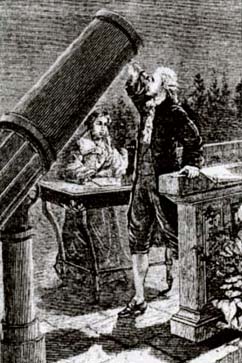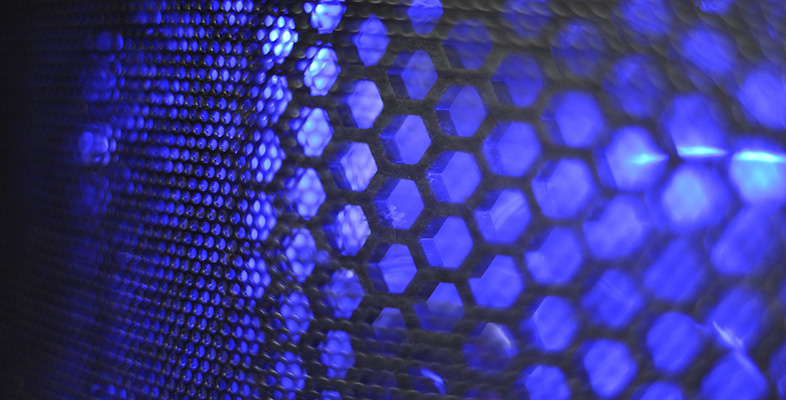1.2 Influences on creativity
In the late 1630s, the poet John Milton travelled from England to Italy. While there he visited the astronomer and physicist Galileo Galilei and observed the skies above Florence through the telescope through which Galileo was studying the moon and Saturn.

When viewed through even the crudest of telescopes, a galaxy is a stunning sight – a nucleus and a misty swirl of spiral arms, billions of stars caught in a whirlpool spanning hundreds of thousands of light years. Milton never forgot this experience, drawing on it in his poem Paradise Lost (1667). The poem is packed with images of the heavens, the stars and planets, and the sheer immensity of the universe: in the description of creation itself, God's pathway to heaven is:
A broad and ample road, whose dust is gold,
And pavement stars, as stars to thee appear
Seen in the Galaxy, that Milky Way
Which nightly as a circling zone thou seest
Powdered with stars.
Over a hundred years later, Milton's poem was highly influential in Joseph Haydn's composition of his musical masterpiece, The Creation. A telescope also provided the inspiration for this work. Haydn's diary entry, written in England in 1792, gives an account of his visit to the home of William Herschel, also a musician and composer, and his sister Caroline. The Herschels were to become the greatest astronomical observers of the time.
On 15th June I went from Windsor to (Slough?) to Doctor Herschel where I saw the great telescope. It is 40 feet long and 5 feet in diameter. The machinery is very big, but so ingenious that a single man can put it in motion with the greatest ease. Sometimes he sits for 5 or 6 hours under the open sky in the bitterest cold weather.
This telescopic opening up of the universe made as unforgettable an impression on Haydn as it had on Milton so many years earlier. Biographers have suggested that Haydn stored away at the back of his mind some impression of the vastness of interstellar spaces, which fired his imagination as he later worked on his oratorio, The Creation. At its first performance, not even his chief patron had previewed the section where light is first described. Haydn himself was conducting. According to reports of the time, his eyes ‘flashed with fire’ at that point and the audience was left totally electrified.
Look at the following sequence of creative people and works of art: Einstein, Virginia Woolf, Alice Walker, William Blakes' etching Jerusalem. Think about what influenced their creativity and note your thoughts down in a notebook or on a flip chart.
